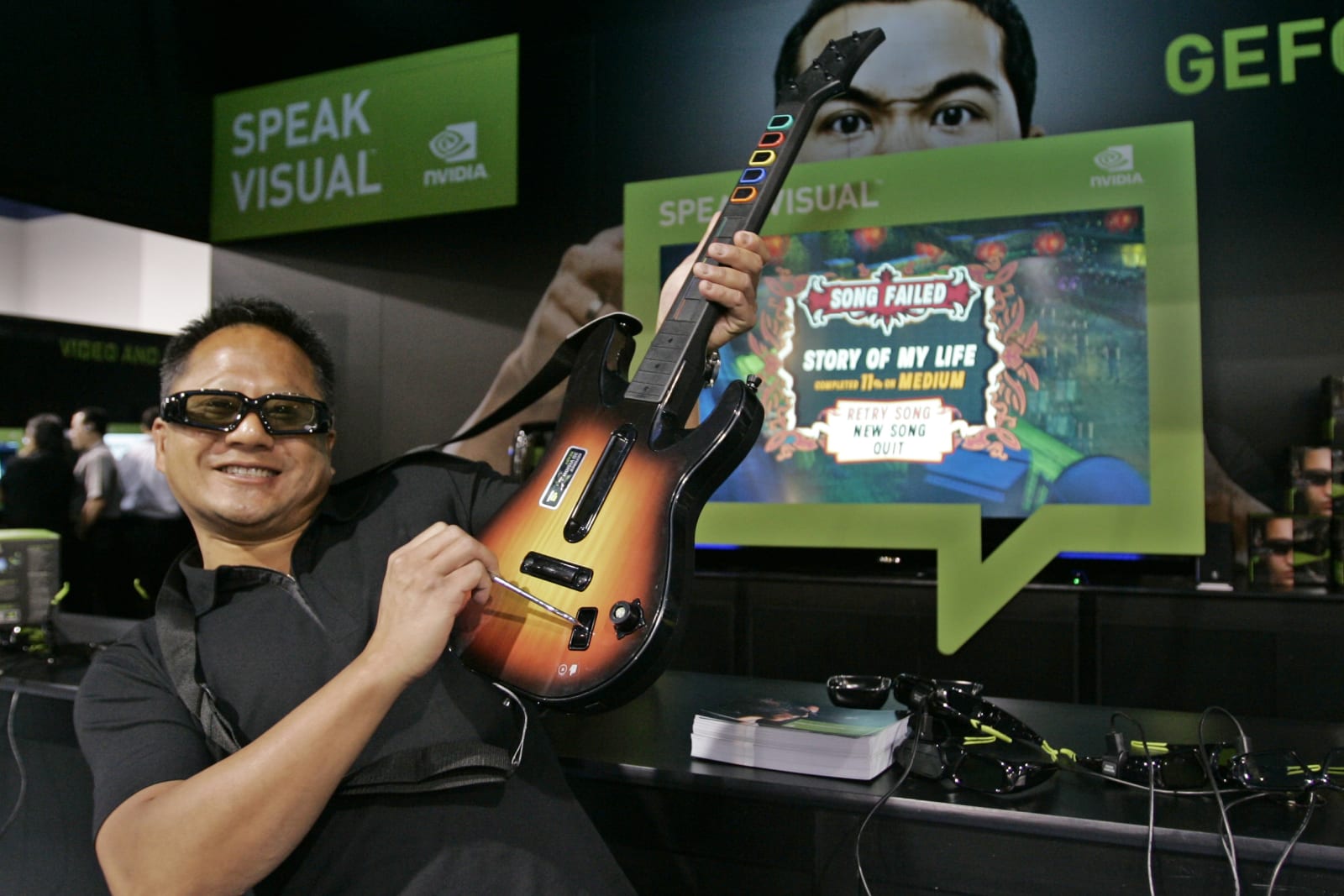
Panasonic wasn't one of the quickest out of the gate with a 3D projector, having only unveiled the PT-AE7000 in the middle of last year, but it's making up for lost time with a follow-up. The PT-AE8000 puts most of the focus on that extra dimension through both a 20 percent brighter 3D picture and motion interpolation for the stereoscopic image. Fine-tuning is equally new through picture balance and monitor tools that help perfect the color and parallax effects before any 3D movie gets started. Traditionalists in love with 2D get their fill, too: a new 220W lamp produces deeper reds, a more visible 2,400 lumens of brightness and (with the help of plates and filters) an even higher 500,000:1 contrast ratio. We've confirmed with Panasonic that the AE8000U should cost the same $3,499 as the AE7000 when it reaches stores between late September and early October, which makes the new projector a tempting prospect if you've been holding off until now.
Continue reading Panasonic PT-AE8000U projector touts brighter, smoother 3D for king-of-the-hill home theaters
Filed under: Displays, Home Entertainment, HD
Panasonic PT-AE8000U projector touts brighter, smoother 3D for king-of-the-hill home theaters originally appeared on Engadget on Thu, 13 Sep 2012 05:35:00 EDT. Please see our terms for use of feeds.
Permalink |
 Panasonic
Panasonic |
Email this |
Comments
 Have you noticed that stereoscopic 3D is out of vogue, at least at home? So has NVIDIA. The graphics chip designer has unveiled plans to drop support for 3D Vision, its approach to gaming with 3D glasses. The last drivers to support 3D Vision will...
Have you noticed that stereoscopic 3D is out of vogue, at least at home? So has NVIDIA. The graphics chip designer has unveiled plans to drop support for 3D Vision, its approach to gaming with 3D glasses. The last drivers to support 3D Vision will...
 Have you noticed that stereoscopic 3D is out of vogue, at least at home? So has NVIDIA. The graphics chip designer has unveiled plans to drop support for 3D Vision, its approach to gaming with 3D glasses. The last drivers to support 3D Vision will...
Have you noticed that stereoscopic 3D is out of vogue, at least at home? So has NVIDIA. The graphics chip designer has unveiled plans to drop support for 3D Vision, its approach to gaming with 3D glasses. The last drivers to support 3D Vision will...



